This topic takes on average 55 minutes to read.
There are a number of interactive features in this resource:
 History
History
 Biology
Biology
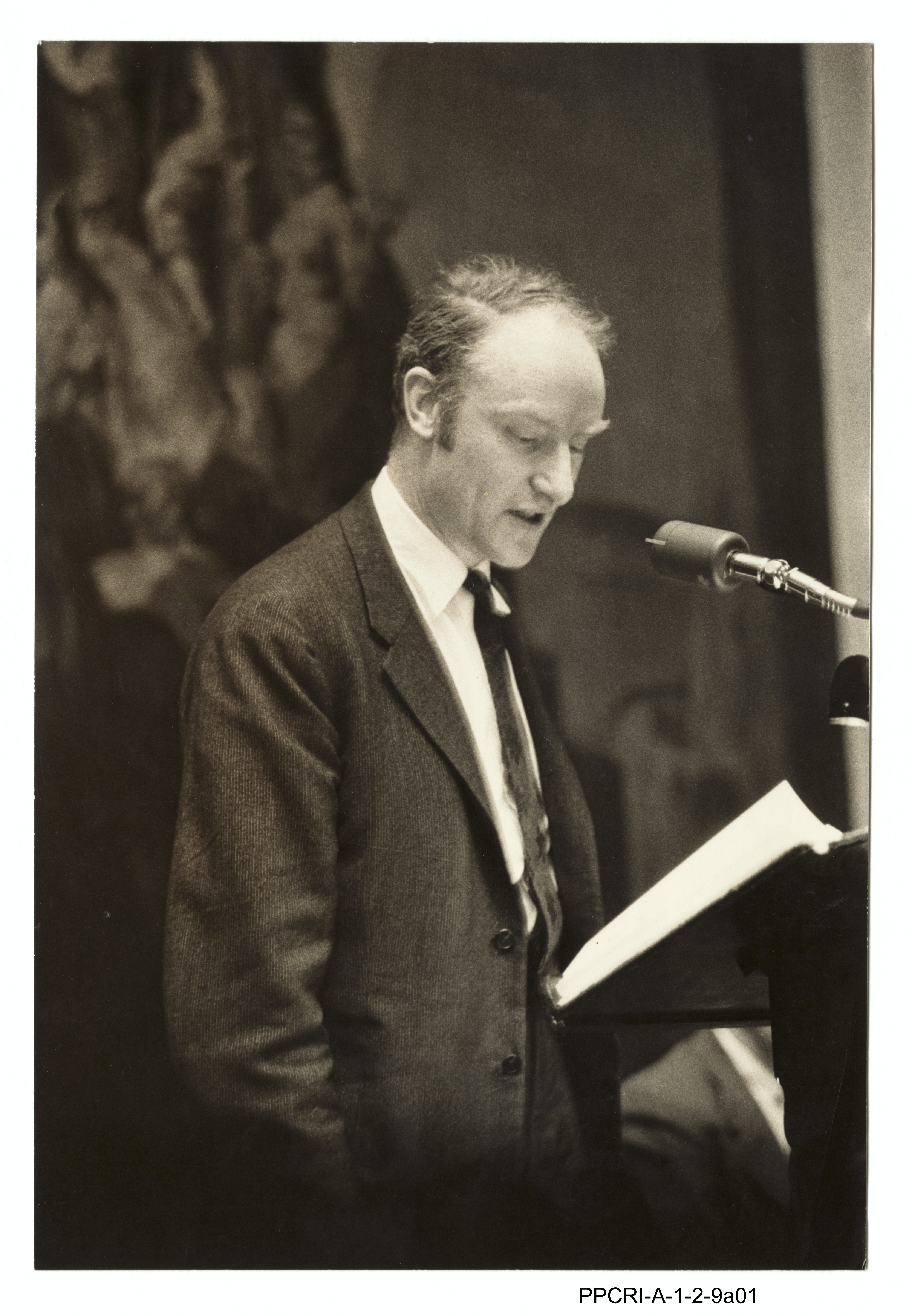
Wellcome Images
With James Watson, proposed the double-helix structure for DNA when working at the Medical Research Council laboratories in Cambridge in 1953. Shared the 1962 Nobel Prize for Physiology or Medicine.
They were helped along the road to their discovery by the work of their rivals Rosalind Franklin and Maurice Wilkins.
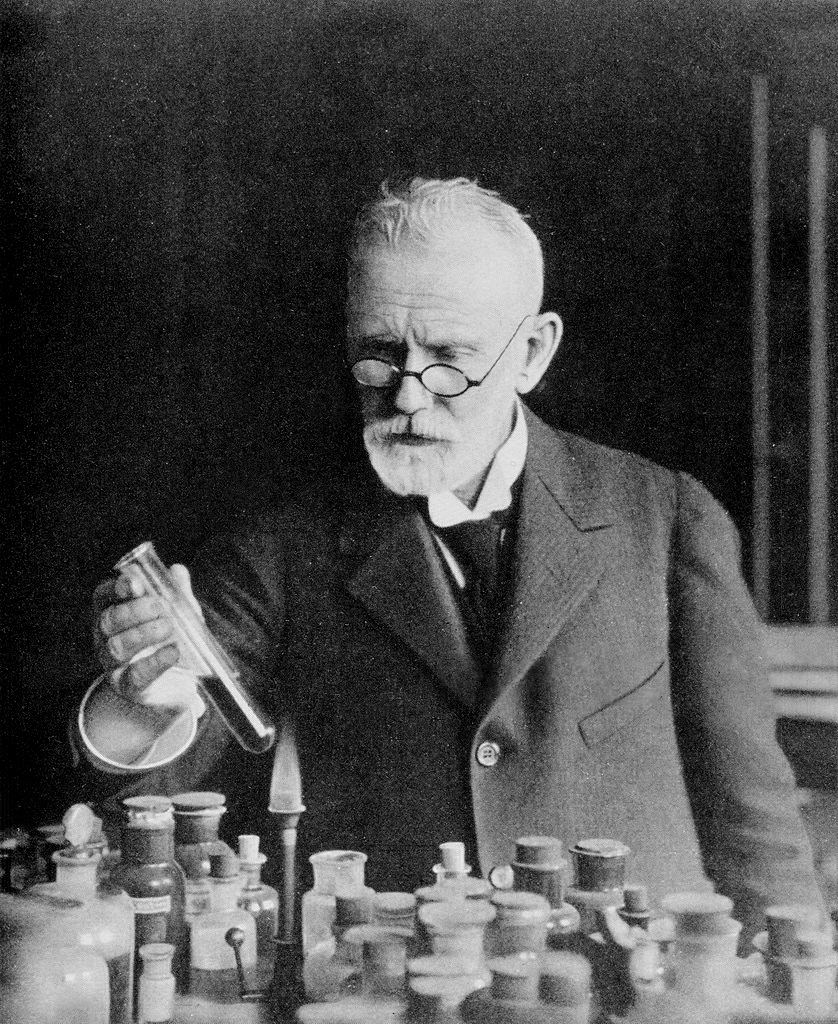
One of the first biochemists, Ehrlich developed stains for biological tissues and studied antibodies produced by the immune system. The specificity of antibodies led Ehrlich to search for his magic bullet; a drug that would kill pathogens without causing harm to body cells. He tested many compounds and developed treatments for diptheria and syphillis. In 1908 he was awarded the Nobel prize for Physiology or Medicine.
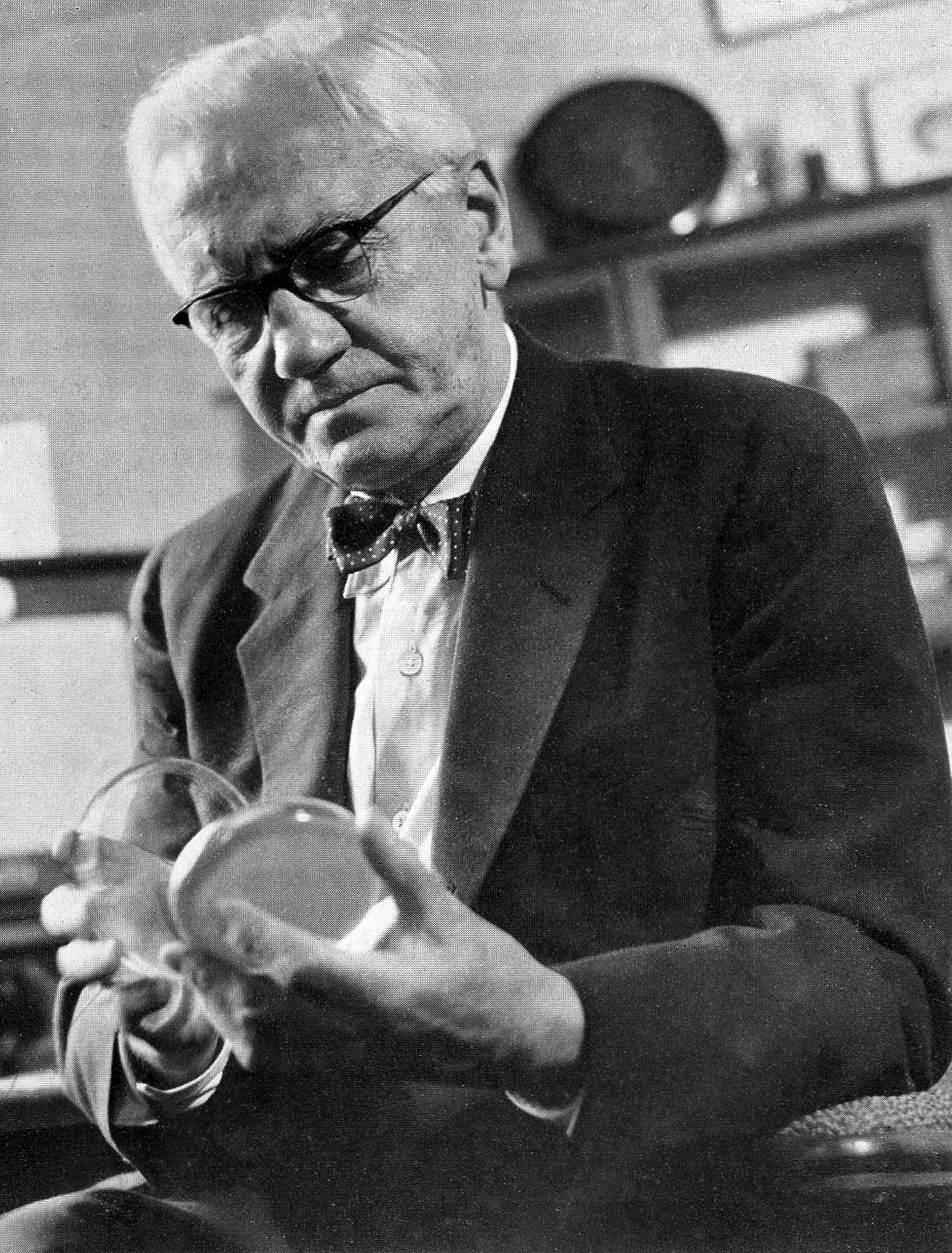
Wellcome Images
Fleming discovered the antibiotic penicillin whilst working in St Mary's Hospital, London. A doctor in the First World War, Fleming realised there were few effective ways to treat infectious diseases. On his return to London, he made the discovery that the mould Penicillium notatum produced a substance that inhibited the growth of certain bacteria. This penicillin was later purified by Florey and Chain. The discovery led to the many antibiotics known today.
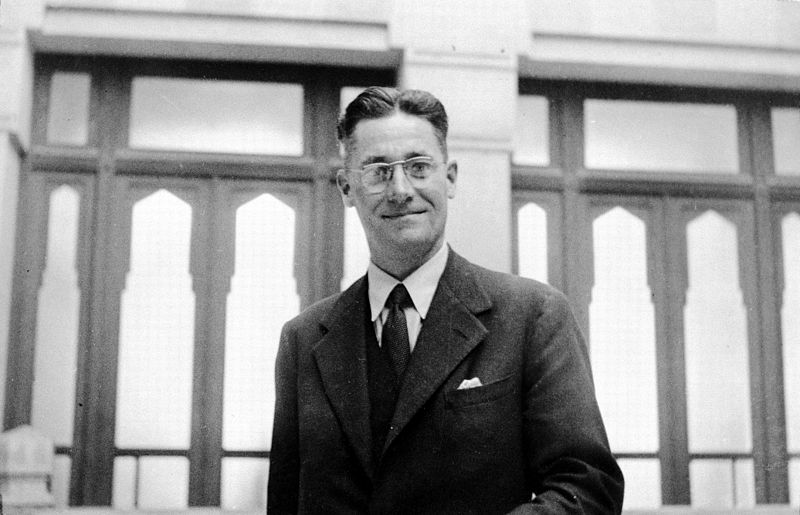
Wellcome Images
Born in Australia, Florey trained as a doctor. In 1935 he set up a research group in Oxford and during the Second World War, along with Ernst Chain, produced and purified enough penicillin to perform the first clinical trials of the antibiotic. They shared the 1945 Nobel Prize for Physiology or Medicine.

Courtesy of MRC Laboratory of Molecular Biology
An expert in the developing field of x-ray crystallography, Franklin started work on DNA in King's College, London in 1951. She produced high quality images that were seen by Watson and Crick. They beat her to the conclusion that DNA was a double helix. She died prematurely of cancer and so never received the Nobel Prize for her contribution to the discovery of the structure of DNA.
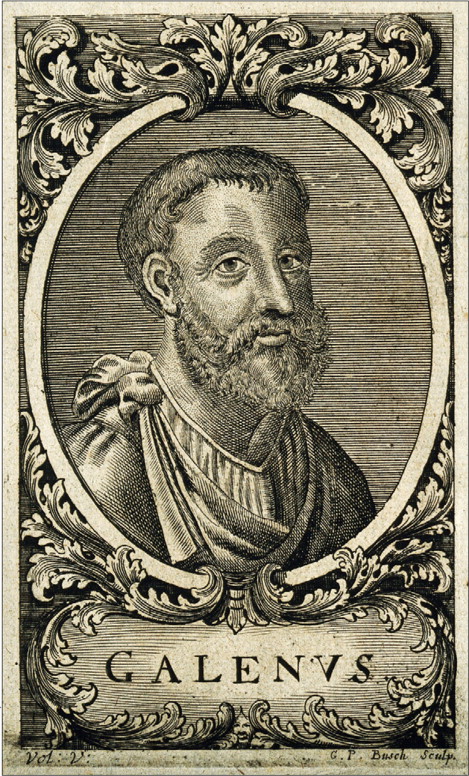
Galen studied medicine in Alexandria, Egypt and became the surgeon to a school of gladiators. Unusually, for a Greek, he moved to Rome where he revived Hippocrates' view on diseases being caused by an imbalance in the four humors (see section on Greek medicine). Galen emphasised the need to make clinical observations before devising a treatment to combat the symptoms.
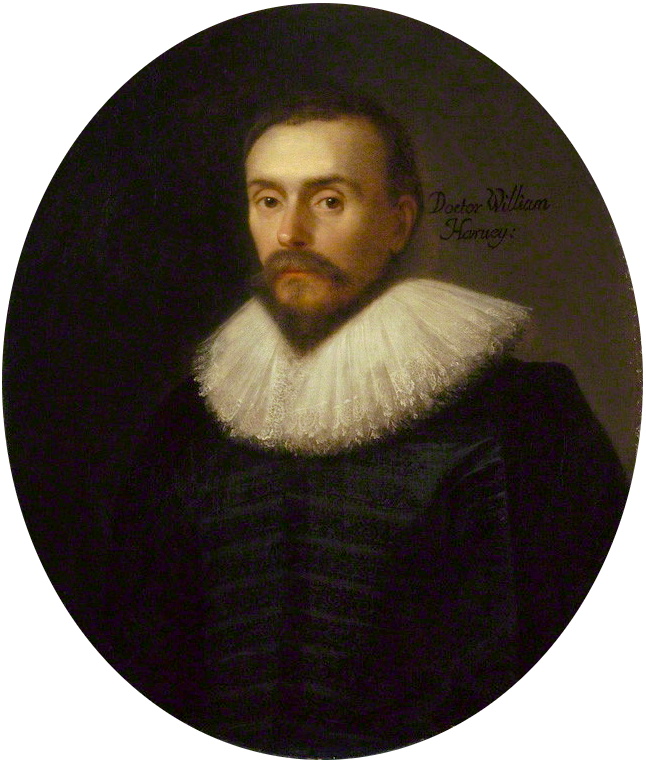
Harvey was Physician to King James I and King Charles I. He studied the circulation of blood by experimenting on animals and dissecting executed criminals. In 1628, he published his theory that blood travelled around the body in arteries and veins driven by the heart which acted as a pump.
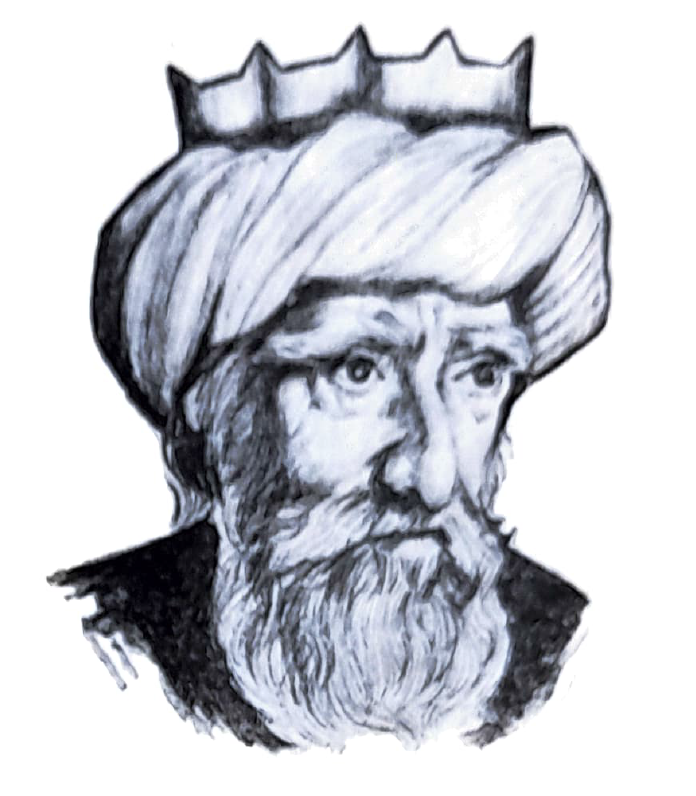
Ibn Sina wrote many books on a wide range of topics including philosophy, mathematics and astronomy. He is perhaps most famous for his 'Laws of Medicine' which contained sections on the formulation of medicines, diagnosis of disorders, general medicine and detailed therapies. It was translated into Latin and influenced the development of medicine for several centuries.
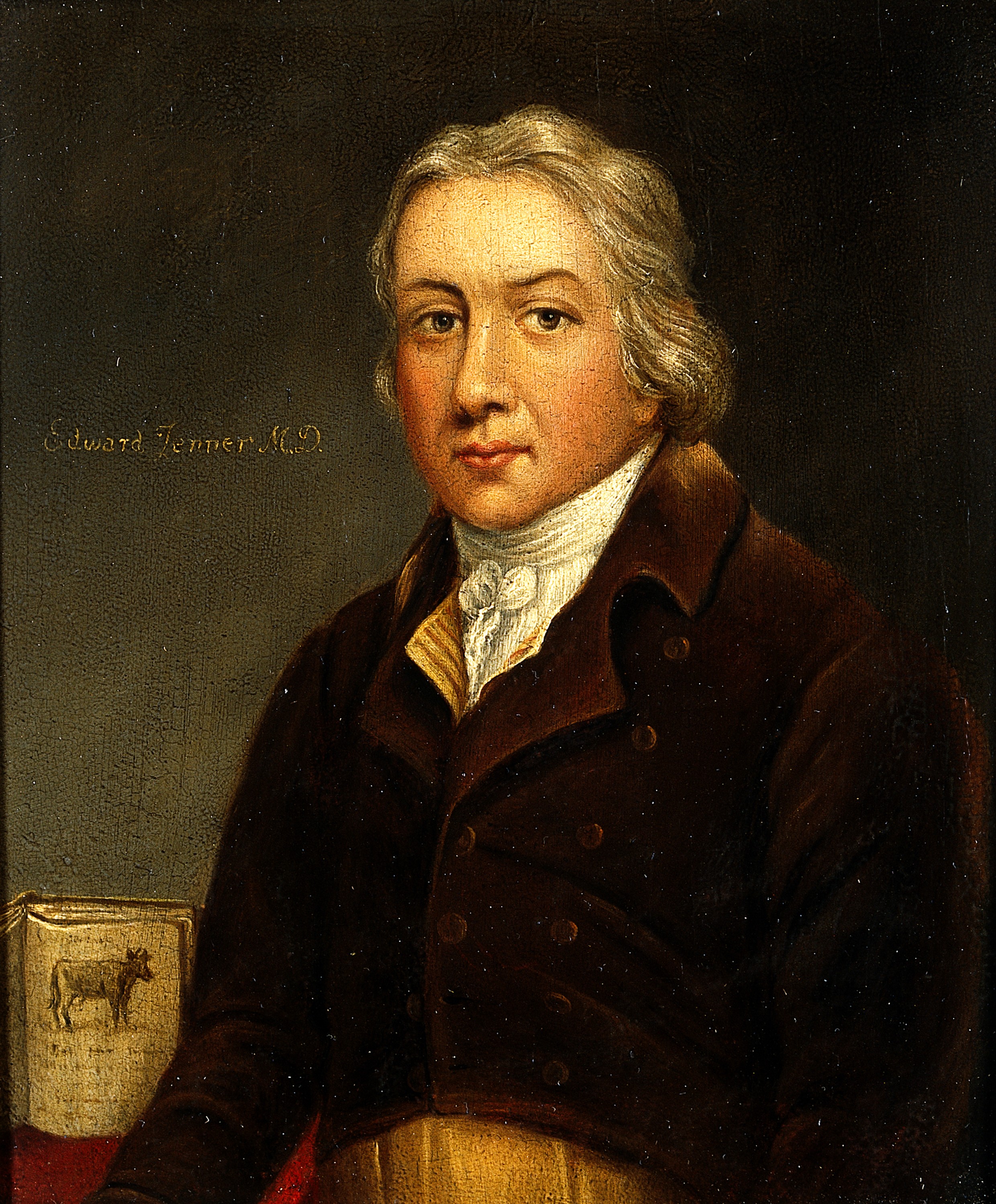
Wellcome Images
Jenner worked as a doctor in Gloucestershire, England. At that time, smallpox was a serious and often deadly disease. Jenner observed that individuals who had caught the less serious cow pox generally did not catch smallpox. This led him to discover the technique of vaccination when he deliberately infected a small boy with cow pox. He found that this gave him immunity against the deadly smallpox.
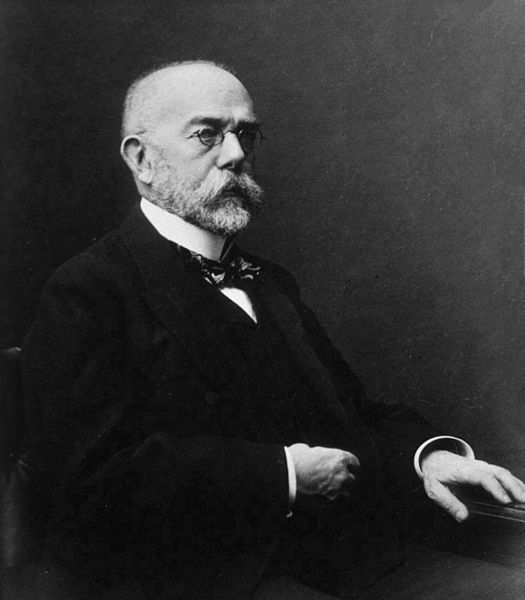
Koch's work took Pasteur's ideas on the spread of disease and finally proved that infections were caused by micro-organisms. He showed how infections could be transmitted and devised a method of proving which germ caused an infection. He also developed stains to view the microbes using a microscope. His work proved the germ theory of disease.
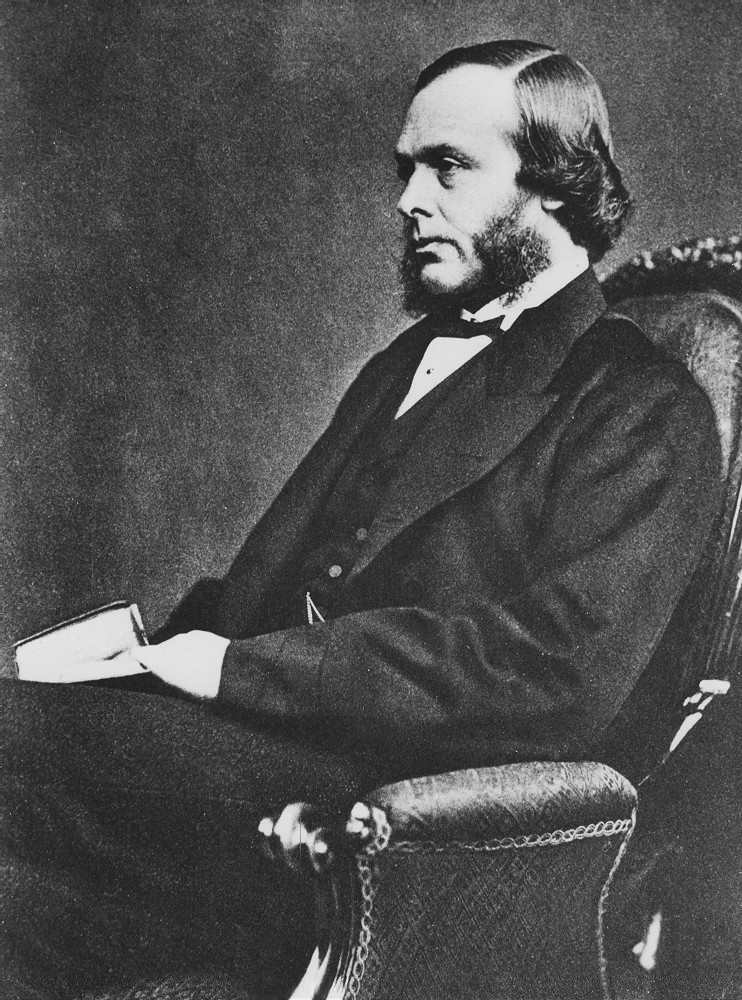
As Professor of Surgery at Glasgow University, Lister saw many patients survive surgery only to die from infections such as gangrene. To prevent this he covered wounds with a piece of lint soaked in carbolic acid. He developed this further by making apparatus that produced a fine mist of carbolic acid that was pumped into the air around a person undergoing surgery. This first use of an antiseptic greatly reduced infections and increased survival.
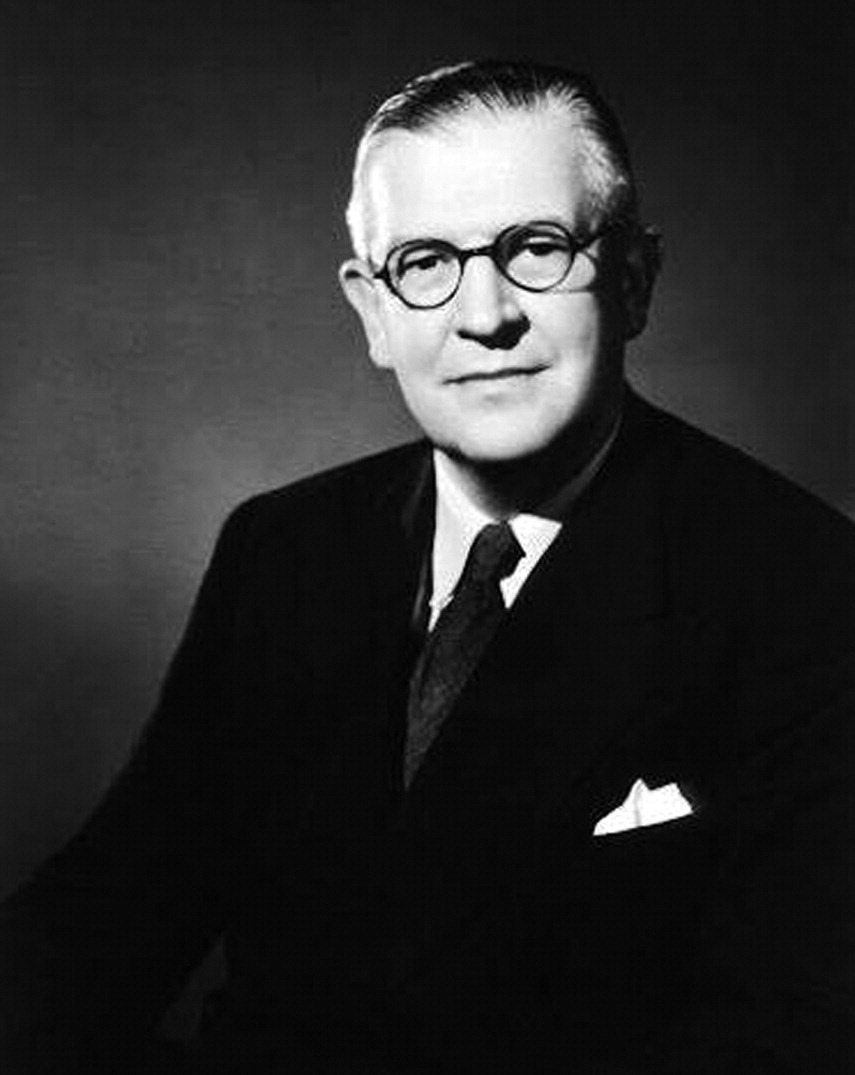
Courtesy of the US National Library of Medicine
Born in New Zealand, McIndoe came to work in England in 1930. He pioneered the discipline of plastic surgery and during the Second World War helped to rehabilitate many airmen who had suffered serious facial burns. He founded the British Association of Plastic Surgeons.
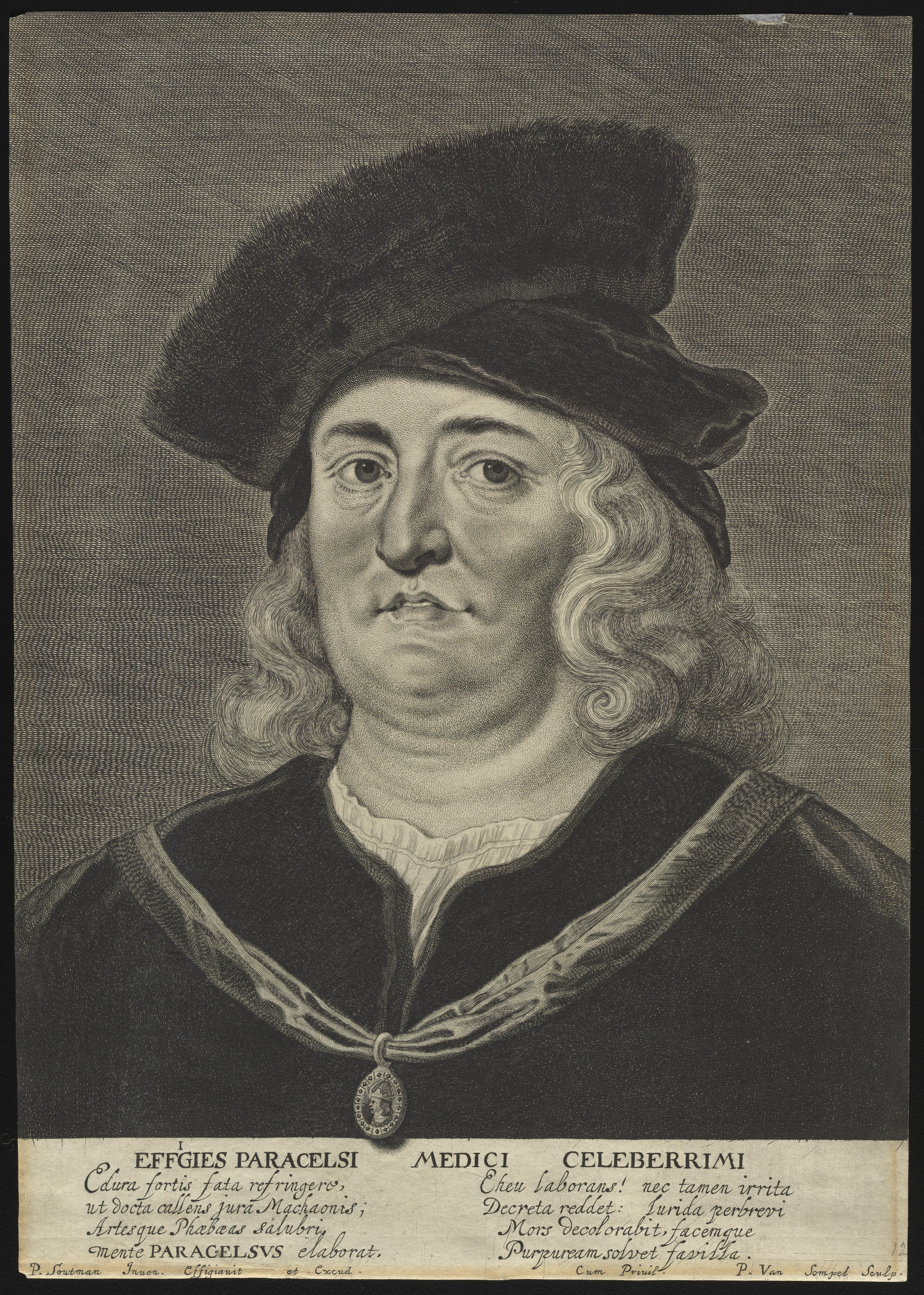
Paracelsus disputed the belief that disease was caused by an imbalance of the four bodily humours. A controversial character, he said diseases were caused by outside agents that attacked the body. Revolutionary in its day, this view was confirmed over three hundred years later when the germ theory of disease became accepted.
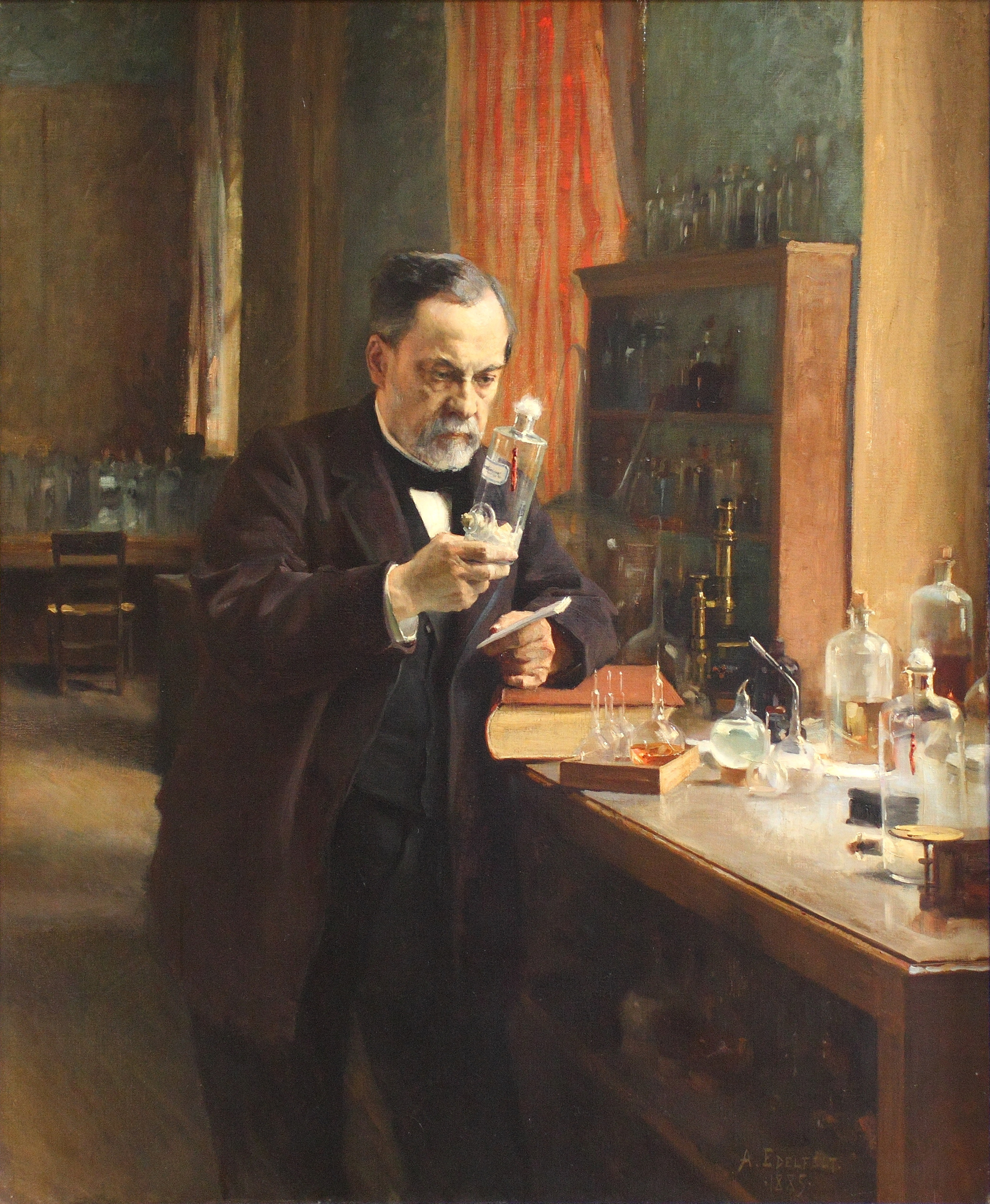
Much of Pasteur's research was in the field of brewing and cheese production. He showed that by heat-treating foods they could be prevented from going off and developed the Pasteurising of milk. He suggested that infectious diseases were caused by micro-organisms. An observation that revolutionised medicine and led to the germ theory of disease. Pasteur also developed several vaccines including ones against anthrax and rabies.
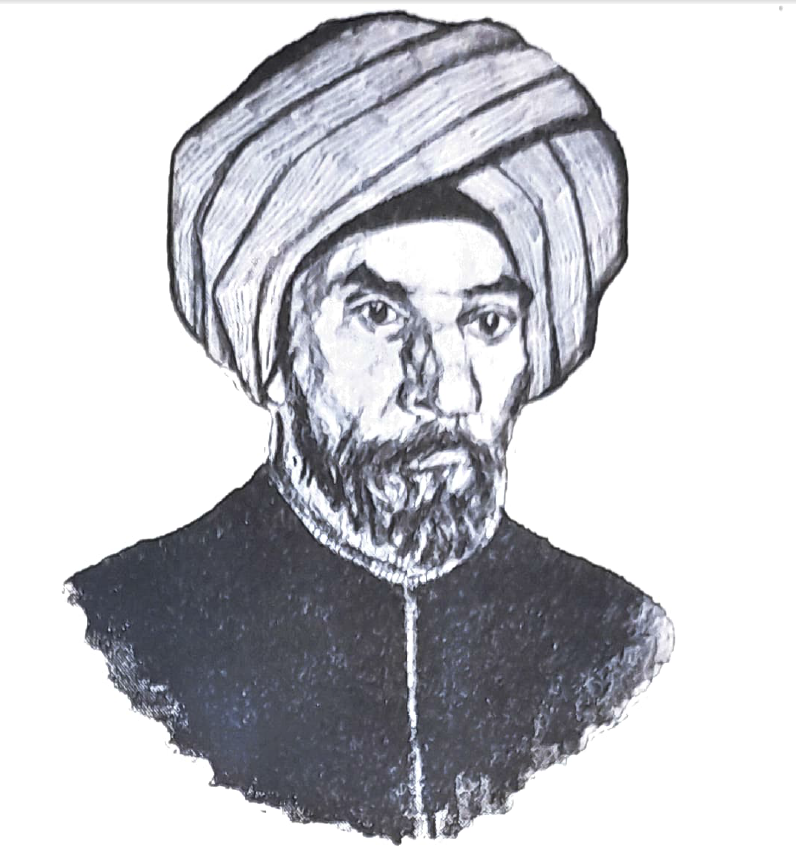
Muhammad ibn Zakariya al-Razi, chief physician at the Baghdad hospital. Wrote many medical text books that were translated into Greek and Latin. At the time, the cause of diseases was said to be spiritual. Rhazes moved away from this idea saw the importance of clinical observation and diagnosis.
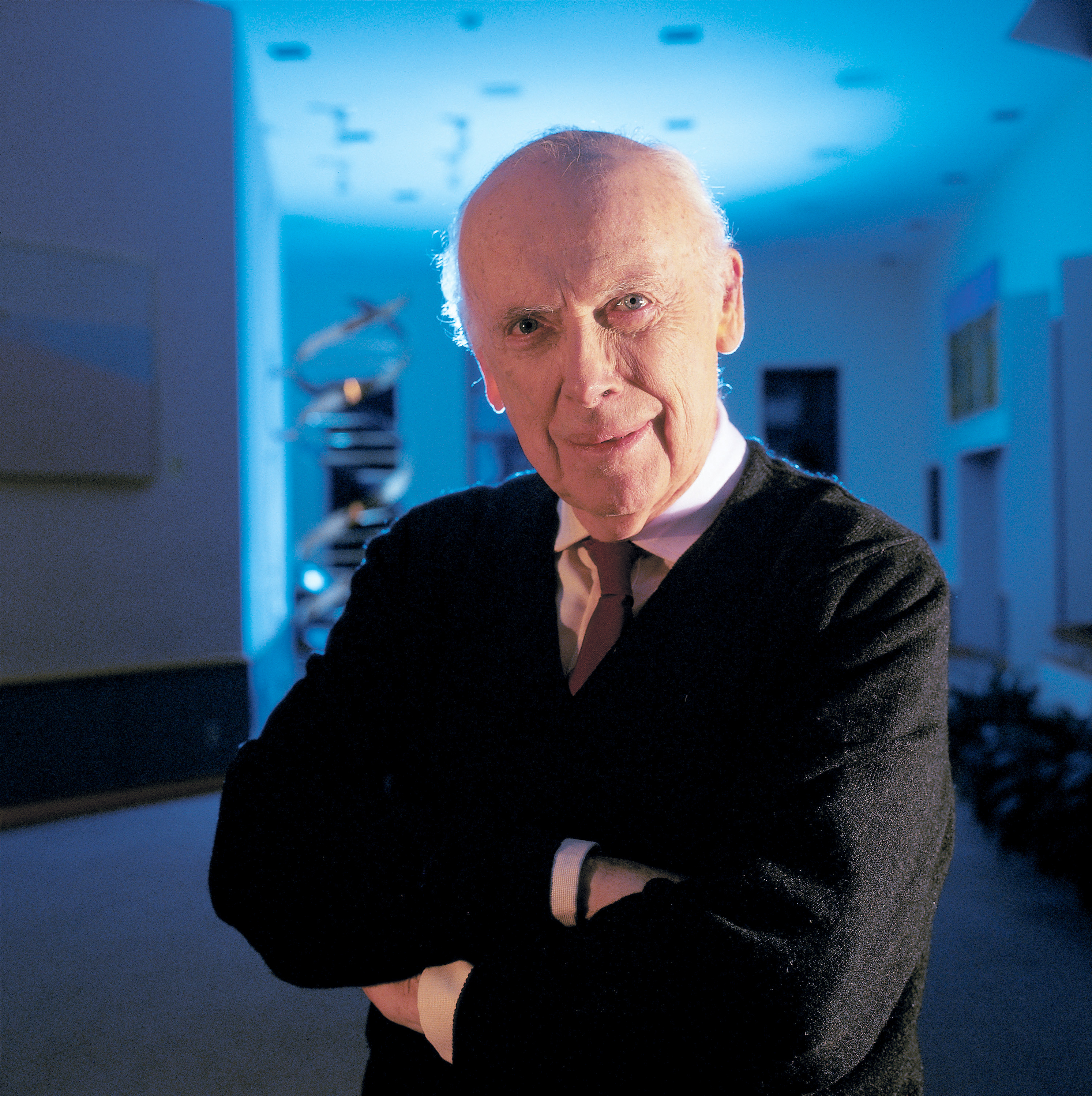
With Francis Crick, proposed the double-helix structure for DNA when working at the Medical Research Council laboratories in Cambridge in 1953. Shared the 1962 Nobel Prize for Physiology or Medicine.
They were helped along the road to their discovery by the work of their rivals Rosalind Franklin and Maurice Wilkins.